15 Mistakes First-Time Puppy Owners Always Make
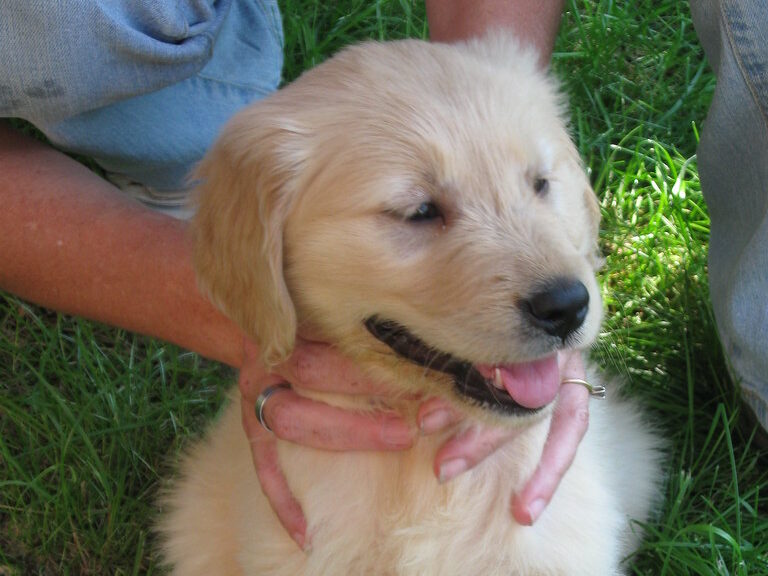
Bringing home a puppy feels exciting and sweet—until reality hits. They chew things, bark at shadows, and have no clue what “no” means. Most new owners make similar mistakes, not out of carelessness but because they don’t know better yet. These early missteps can lead to bigger problems down the line. If you’ve got a puppy (or one on the way), here are 15 things to avoid from the start.
Waiting too long to train.
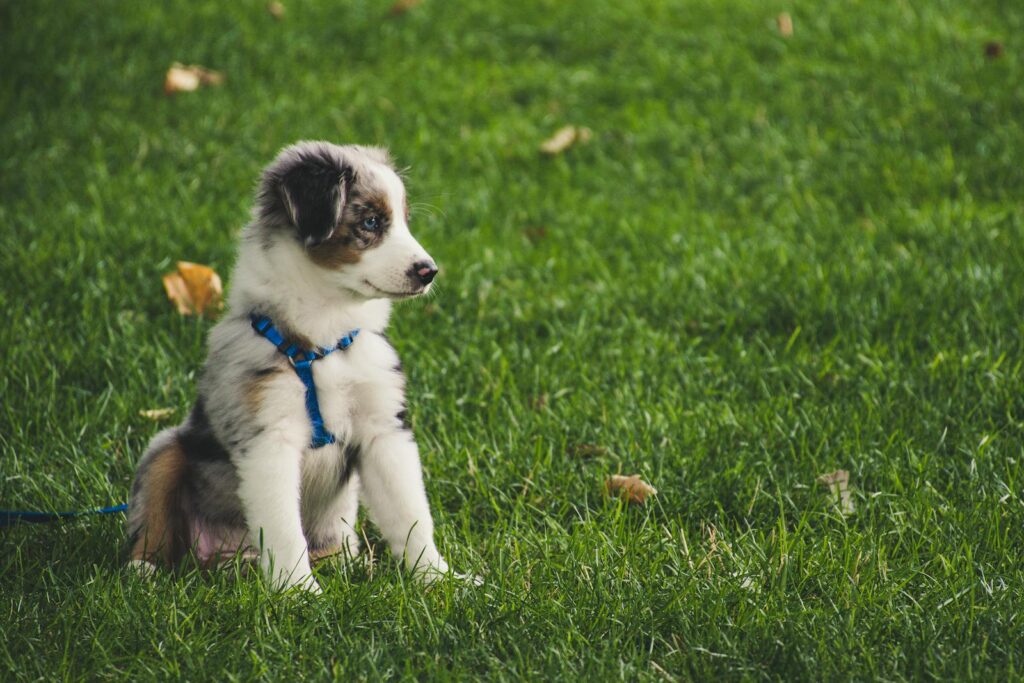
Many new owners assume training can wait until the puppy is older, but habits form fast. Those cute behaviors—like jumping or biting—won’t feel so cute later. Early structure helps the dog understand what’s okay and what’s not. You don’t need fancy commands on day one, but basic boundaries should start right away. Even five-minute sessions a day make a difference in shaping future behavior.
Skipping socialization.
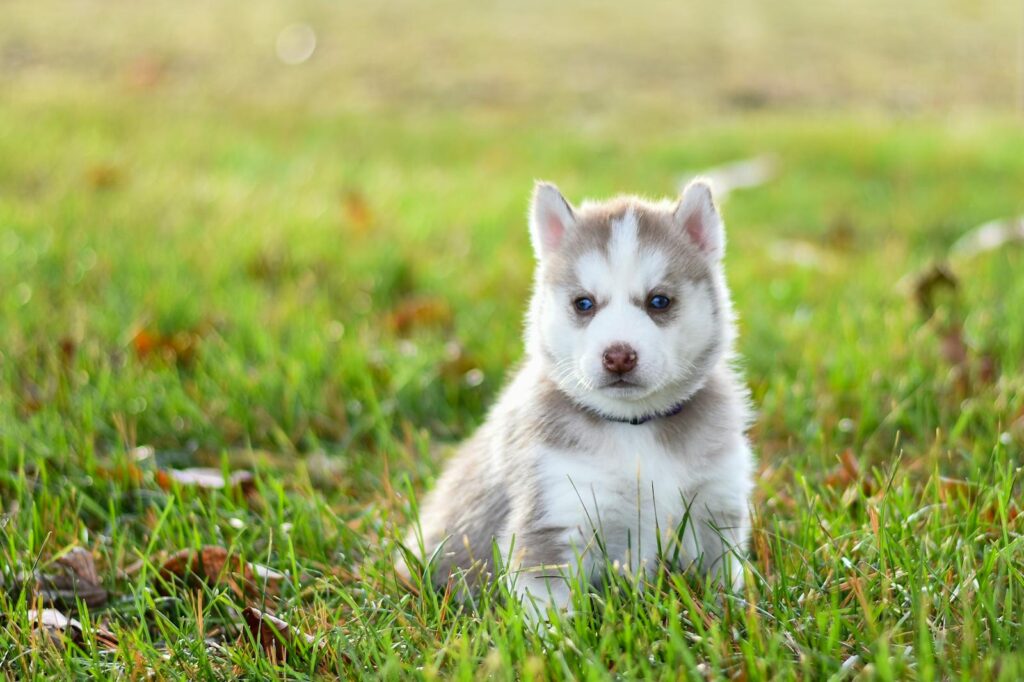
Some people keep their puppies isolated for too long, thinking it keeps them safe. However, missing the socialization window can lead to fear and reactivity. Puppies need to see the world: people, bikes, other dogs, busy streets. Controlled, positive exposure builds confidence. Without it, everyday sights might become scary later. It’s not about overwhelming them—it’s about giving them safe experiences to learn from.
Not puppy-proofing the home.
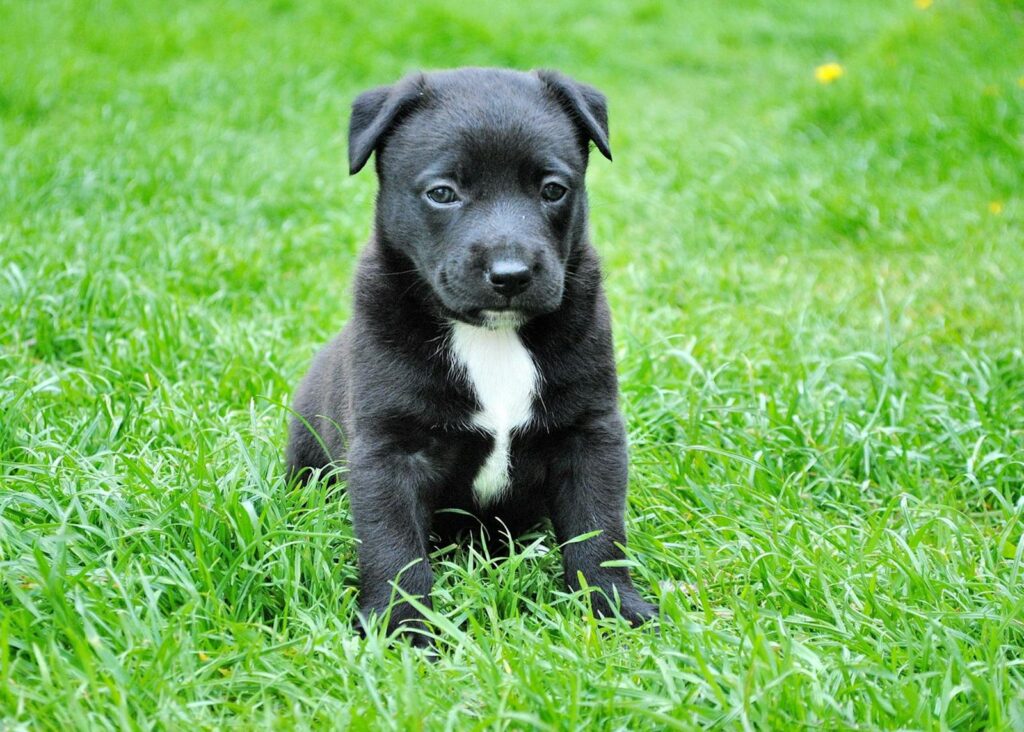
They’ll chew cords, climb furniture, and find every sock you thought you lost. Puppies explore with their mouths and don’t understand danger. First-time owners often underestimate how fast mischief happens. Leaving shoes by the door or garbage bins uncovered is basically an invitation. Puppy-proofing isn’t overprotective—it’s smart. It saves your stuff and protects your dog from swallowing things that could send you straight to the vet.
Feeding too much or too little.

New owners either overdo it with treats or forget how much puppies actually need to eat. Puppy food has different nutritional needs than adult kibble, and portion sizes change fast as they grow. Guessing or free-feeding often leads to problems like weight issues or stomach upset. It’s better to follow a vet-approved schedule and measure portions. That helps with potty training, too, since their system becomes more predictable.
Letting them roam unsupervised.
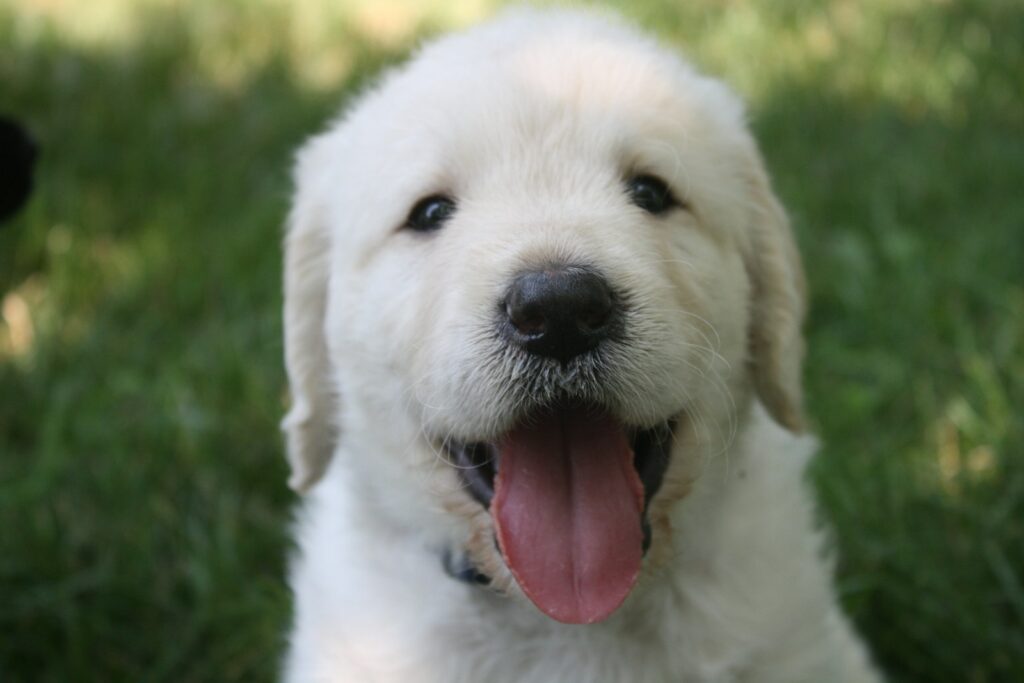
Giving a young puppy full access to the house too soon usually backfires. Without supervision, they’ll chew, pee, or get into something unsafe. Puppies need structure, not freedom. Using baby gates, crates, or closed doors helps teach boundaries while keeping them safe. Think of it like toddler-proofing—they’re not ready for total freedom, and setting limits early helps avoid long-term issues.
Inconsistency with rules.
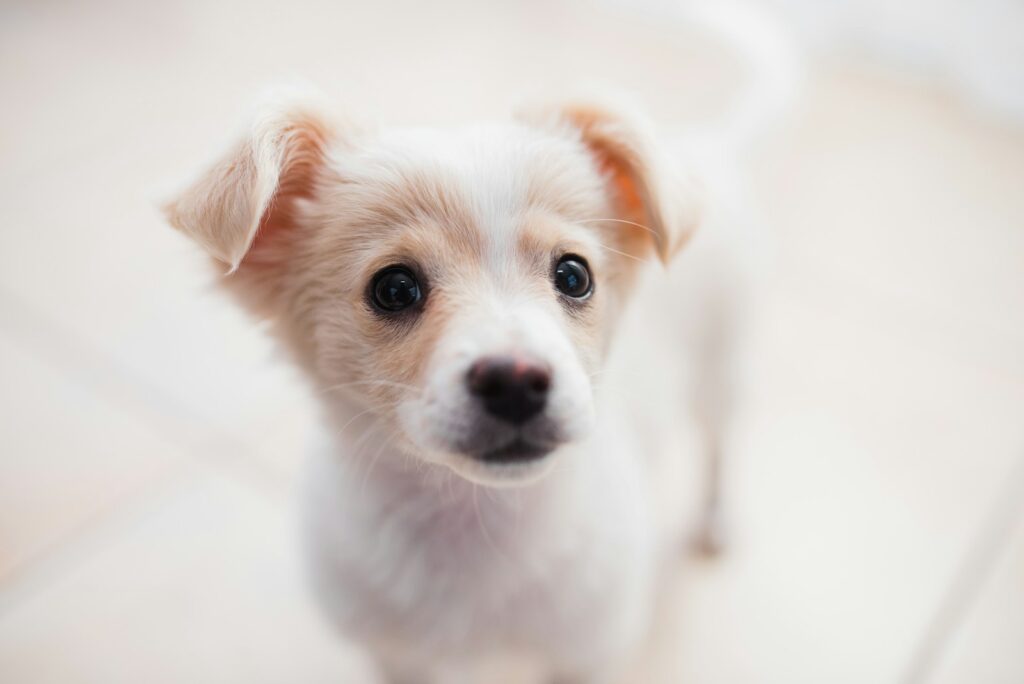
One day the puppy’s allowed on the couch, the next day they’re scolded for it. Mixed signals confuse dogs. Consistency matters—if jumping isn’t allowed, it needs to never be allowed. If bedtime is crate time, that should happen every night. Everyone in the home needs to follow the same rules. Otherwise, the dog won’t know what to expect—and won’t know how to behave.
Forgetting how much sleep they need.
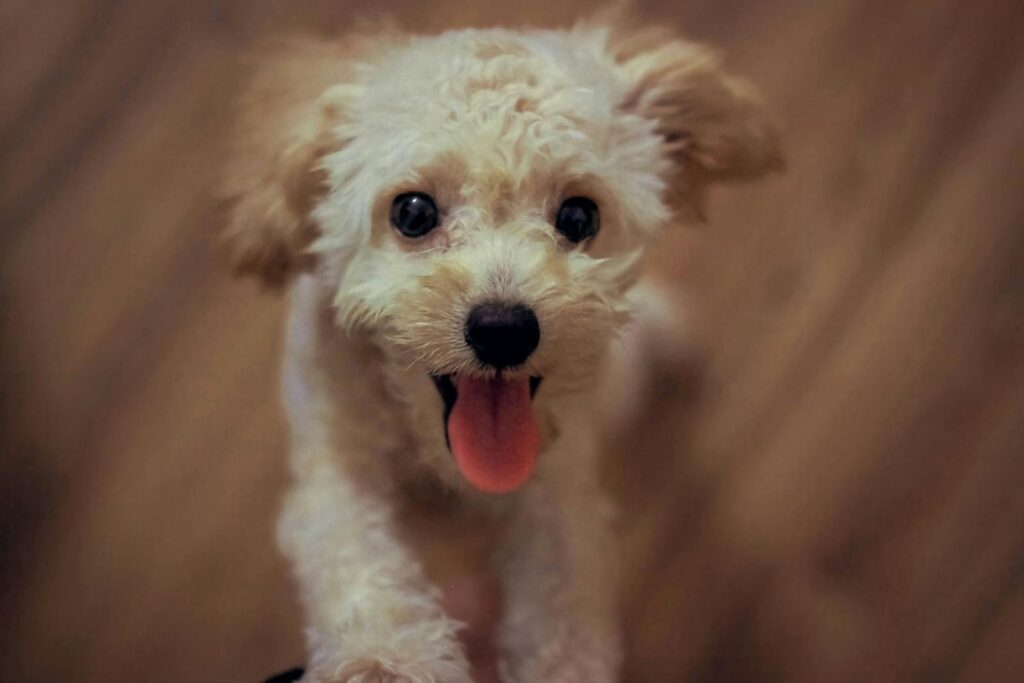
Puppies play hard, then crash hard. They need 18 to 20 hours of sleep a day, especially when they’re young. New owners often overstimulate them—introducing too many new things or keeping them up too long. That leads to cranky, bitey behavior and poor focus during training. Giving them quiet time and a safe space to rest helps their brain and body develop properly.
Assuming accidents are disobedience.

When a puppy pees indoors, it’s not out of spite. They don’t have full control yet, and holding it in is something they learn gradually. Yelling doesn’t speed up the process—it usually just makes them nervous. Frequent breaks, crate training, and positive reinforcement are more effective. House training takes time, and patience makes a bigger difference than punishment ever will.
Using the wrong collar or harness.
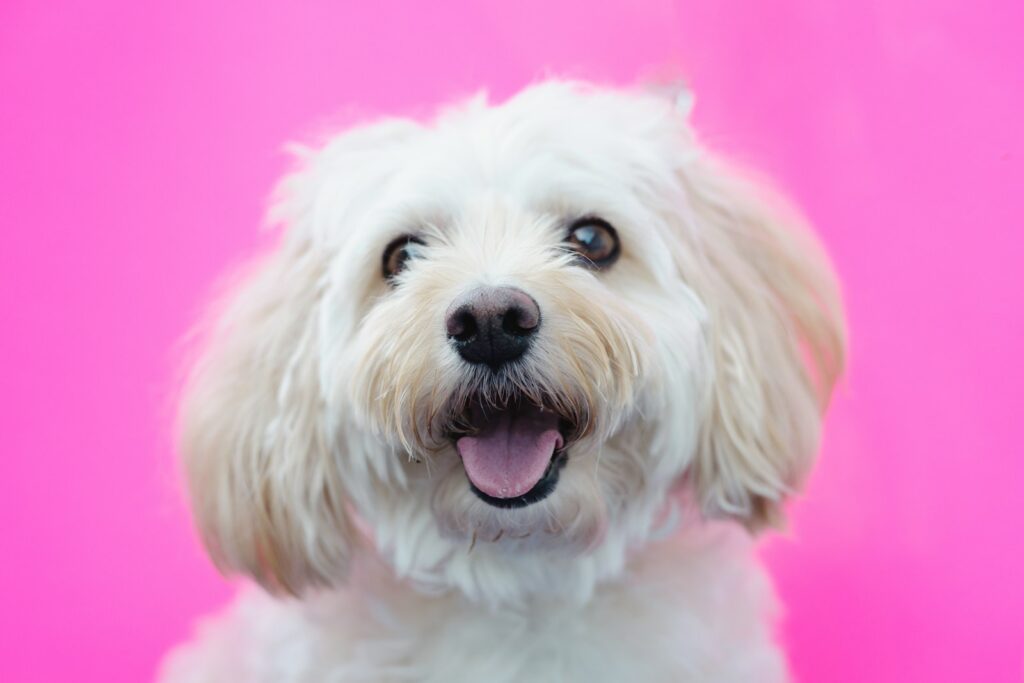
Many first-time owners grab whatever looks cute or affordable, but fit and comfort matter. A collar that’s too tight can rub or restrict breathing, while one that’s too loose can slip off. For small or growing puppies, a soft harness often gives more control without pulling on the neck. The right gear makes walks safer and training smoother. It’s worth getting fitted properly early on.
Expecting perfect behavior too soon.

Some new owners panic when their puppy doesn’t “get it” after a few days. But training isn’t instant—it’s a slow build. Puppies test boundaries, forget what they learned, and need repetition. Expecting them to sit still or stay calm like an adult dog isn’t realistic. Progress looks messy. Celebrate small wins, and remember that consistency over time works better than fast fixes or frustration.
Not reinforcing good behavior.
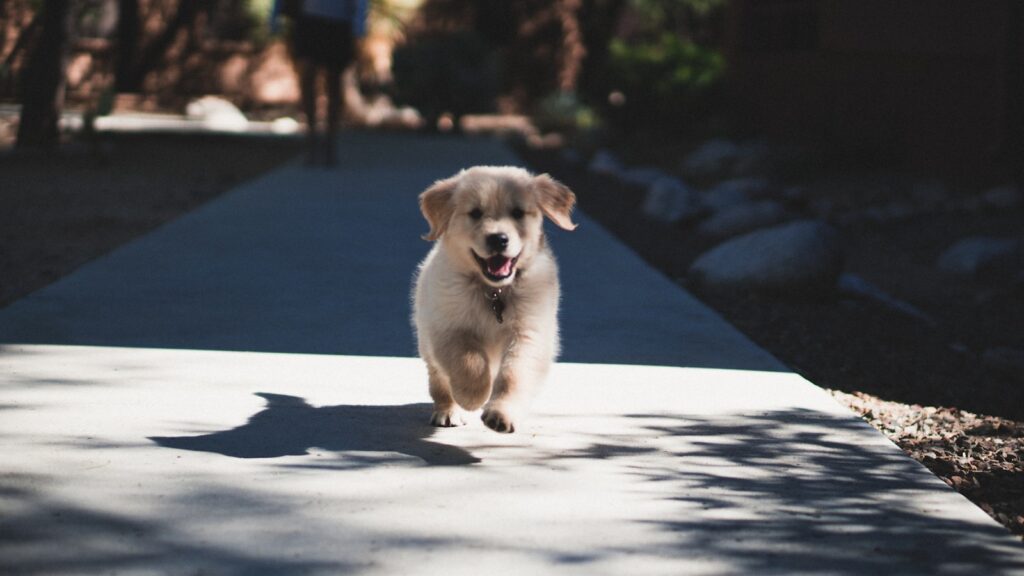
It’s easy to focus on correcting bad behavior, but rewarding the good stuff matters more. If your puppy lies quietly, stays calm during a noise, or checks in on a walk—praise that. Without positive reinforcement, they might not repeat those behaviors. First-time owners often forget to reward the quiet, calm moments, even though that’s what they want more of. Noticing and rewarding good behavior shapes what sticks.
Avoiding crate training.
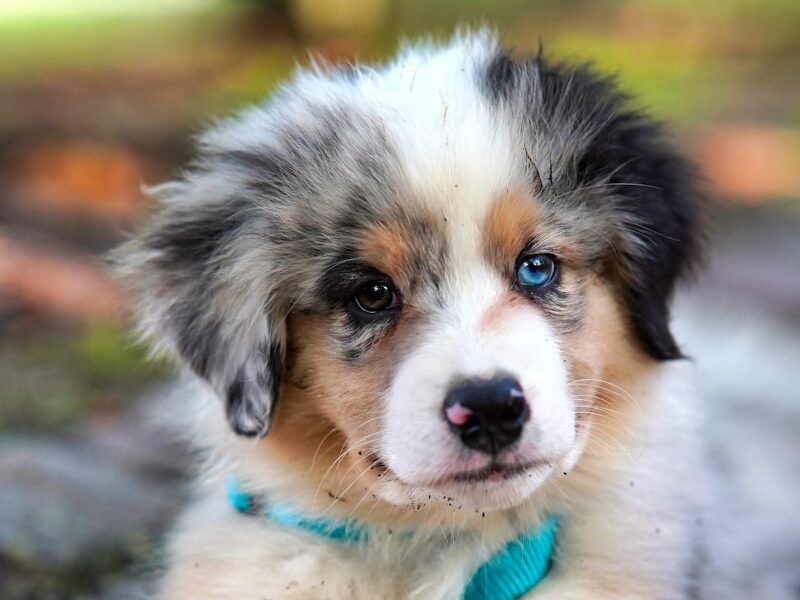
Some people feel guilty about using crates, thinking it’s mean. But dogs are den animals, and when used properly, crates provide safety and routine. Puppies with crate experience tend to adjust better to vet visits, travel, and home-alone time. Starting crate training early gives them a place to relax and helps with house training, too. It’s a tool, not a cage.
Ignoring early signs of stress.

Pacing, yawning, or licking lips are often signs that a puppy is overwhelmed—but first-time owners might not recognize them. When these signs get missed, the puppy gets pushed too far. That’s when behavior problems start. Learning to read body language helps you respond before things escalate. Giving breaks, calming environments, and gentle exposure builds a more confident, well-adjusted dog over time.
Choosing a breed without research.
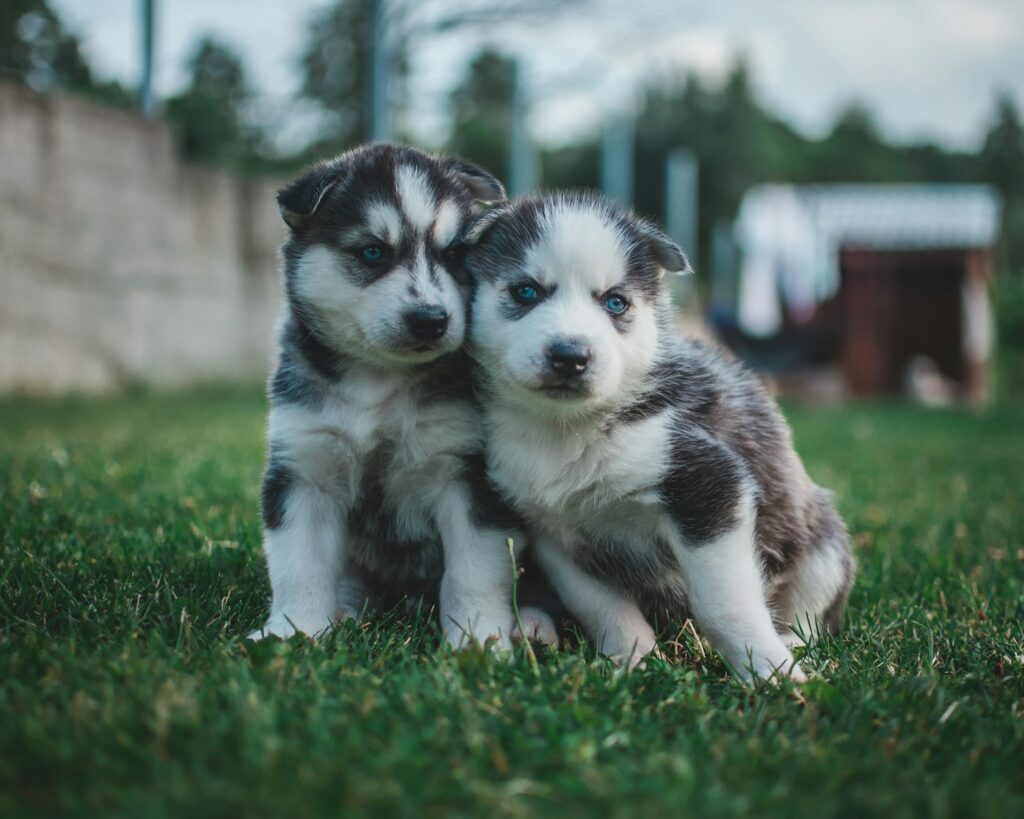
Not all puppies are the same. Some breeds have endless energy. Others hate being left alone. First-time owners sometimes choose based on looks or size without thinking about what the dog needs long-term. A breed that needs hours of daily stimulation won’t be happy in a low-energy home. Knowing what you’re getting into helps avoid mismatched expectations and gives the dog a better chance at a stable, happy life.
Thinking affection replaces training.

Love matters—but it doesn’t teach a puppy how to behave. Being sweet and cuddly won’t stop bad habits from forming. A well-trained dog isn’t one that’s been hugged a lot—it’s one that understands what’s expected. New owners sometimes try to “love away” the problems, but structure, timing, and training are just as important as affection. Dogs thrive when they know the rules and feel secure in them.





